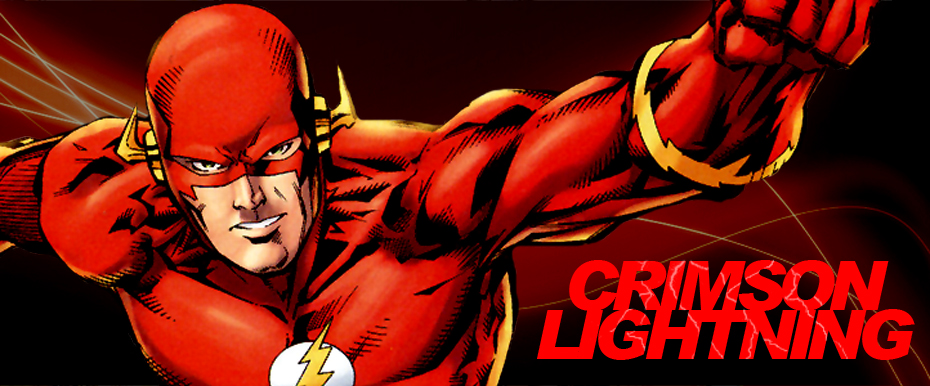 What are the most important DC Comics of the great Silver Age? There are a few obvious contenders and, thanks to his illustrious publication history, the Flash's adventures immediately spring to mind when we ask ourselves that question. Silver Age Comics has posted a list of their top five. The scarlet speedster is in first place with his debut in Showcase #4 (1956), the historic issue that inaugurated an era. The list also finishes with Barry Allen and Jay Garrick's classic first meeting in The Flash #123 (1961). Also recognized are classic issues of Adventure Comics, The Brave and the Bold, and Superman.
What are the most important DC Comics of the great Silver Age? There are a few obvious contenders and, thanks to his illustrious publication history, the Flash's adventures immediately spring to mind when we ask ourselves that question. Silver Age Comics has posted a list of their top five. The scarlet speedster is in first place with his debut in Showcase #4 (1956), the historic issue that inaugurated an era. The list also finishes with Barry Allen and Jay Garrick's classic first meeting in The Flash #123 (1961). Also recognized are classic issues of Adventure Comics, The Brave and the Bold, and Superman.First, of course, is Showcase #4, the comic that started the superhero revival that is probably the biggest aspect of the Silver Age. To give you an idea, during the 1950s, DC Comics published 3,397 different comics, of which 849 were superhero-oriented (including Lois Lane and Jimmy Olsen). In the 1960s, DC published 3,579 different comics, of which 1,629 were superhero-oriented. The return of the Flash kicked off that surge.

4 comments:
The Silver Age was a great time to be a comic book reader. Whole new heros, new stories with a hint of realism, but still offers a lot of bang for your buck (or your dime, back then).
Barry ushering in both the next gen of heros (plus the headaches of the Multiverse... darn you, Schwartz!) is still something to enjoy. Things that I miss that are not in comics today: word ballons on the cover, letters to the editor, those crappy sea monkeys, low cover price, and not a drop of blood anywhere. A lot of readers nowadays are all for the gratuitous violence and naughty stuff. Bah! Give my a Silver-age Flash story any day!
Showcase #4 for sure...
Brave and Bold #28?...GL/GA #76?...Detective #327?
Nods to those issues, as well, Rob, especially GL/GA #76, which I see as a point when the Silver Age grew up.
Off-topic: Just gleamed this quote from the DCboards about people who want Barry Allen back, and the person known as 'rikdad' wrote this about Barry:
"On other hand, I believe that DC, between 1956 and 1963, created a true American mythology. It was a second draft, following the explosion of heroes created around 1940-1941, and doing a lot more to get it right, and that started with Barry Allen. It was a mythology like the Romans', and even had close analogs between its most iconic heroes and the Greco-Roman gods. Barry Allen was one of us who became a god... Hermes, or Mercury.
By killing him, DC undermined their role as the owners of the American mythology, which was their greatest asset. The tiny band of devoted readers will follow whatever twists the soap opera of the DCU takes, but DC had the ability to make it immutable legend that Barry Allen is the Flash. A trivia item for the general public, but a fact in their minds nonetheless. By killing him (and making many other similar moves), DC probably boosted their readership by a small margin in the short run, but they lost the mythic status of their Justice League, begging someone else to fill that void.
So I think bringing Barry Allen back as the Flash, but doing it well, would be the ideal move for the company to make. You can see it in such Elseworlds as The Nail, New Frontier, and Justice. Barry Allen *is* the Flash in the original American mythology. Anything else may be well crafted also, but it's losing something irreplaceable. "
That's a very interest statement you've picked up on, Steve. I don't agree with its final assessment, but it adds a dimension to the discussion that I think most fans often overlook. The ongoing story of DC Comics is a modern American mythology. This is fascinating stuff. One way or another, the very debate over Barry Allen's fate will remain a part of his unending legacy.
Post a Comment